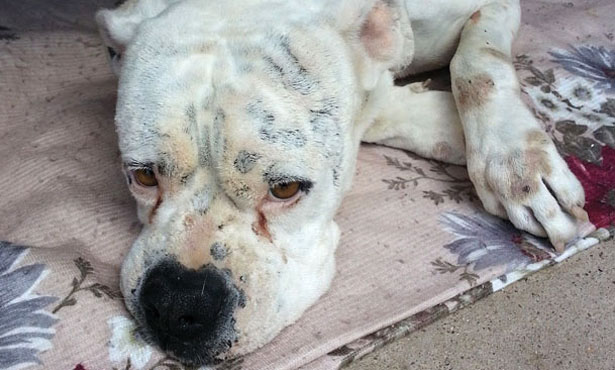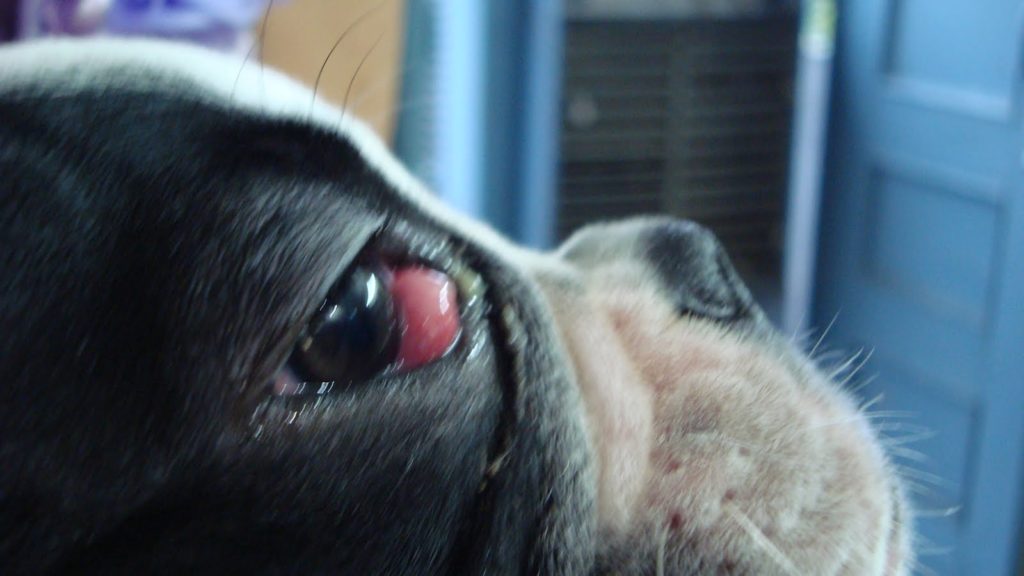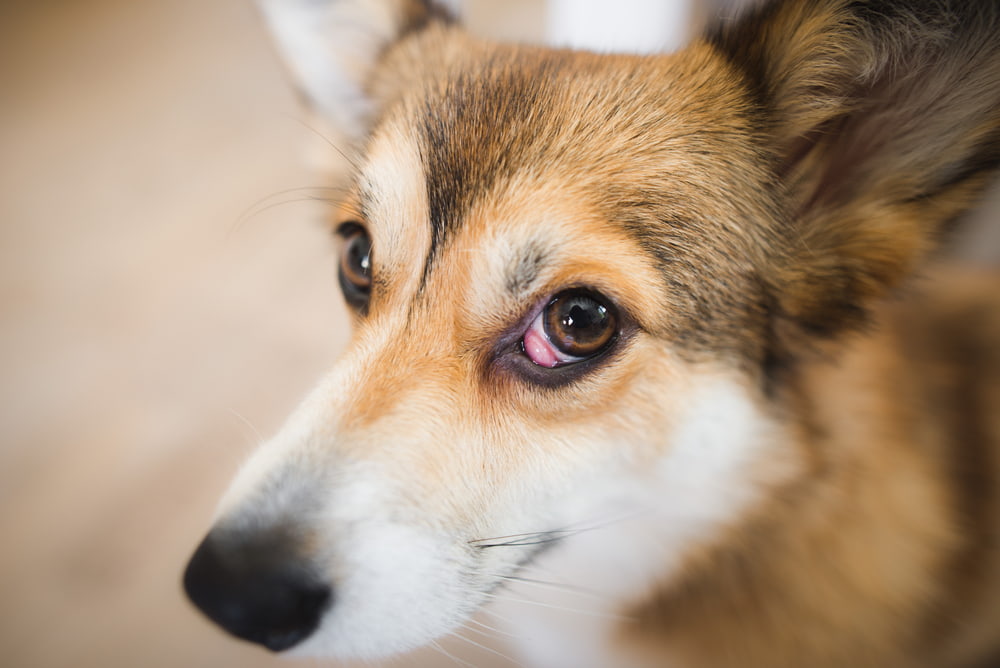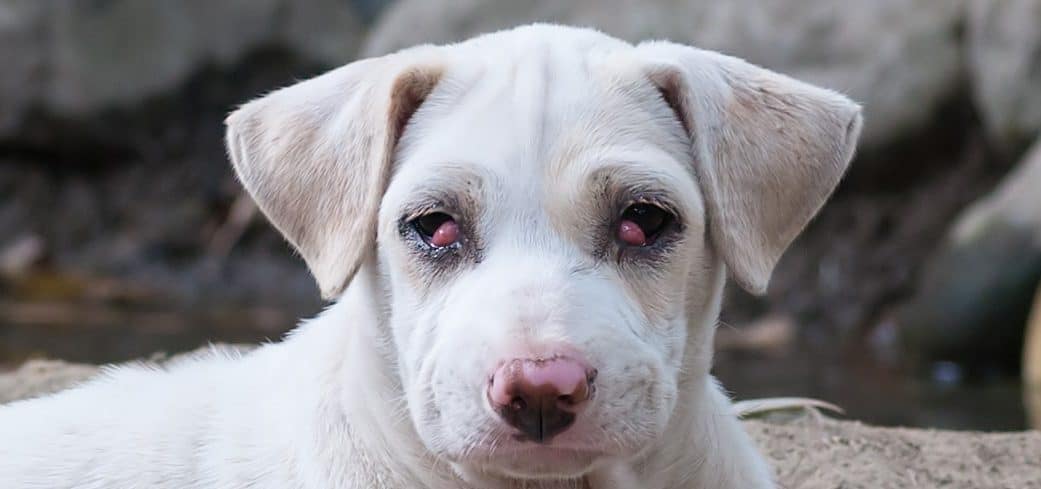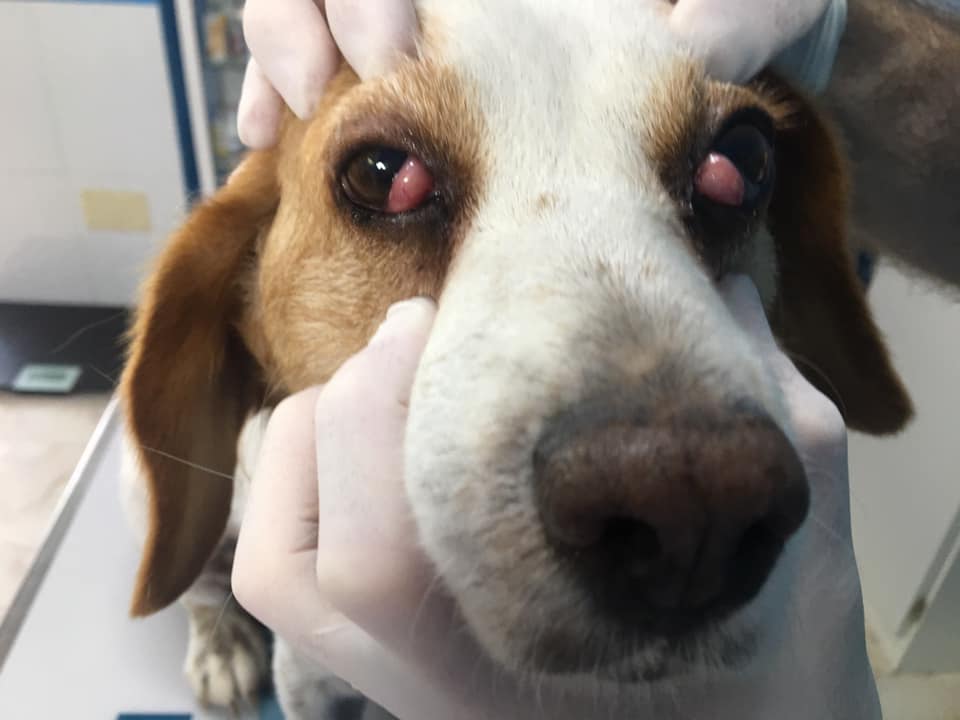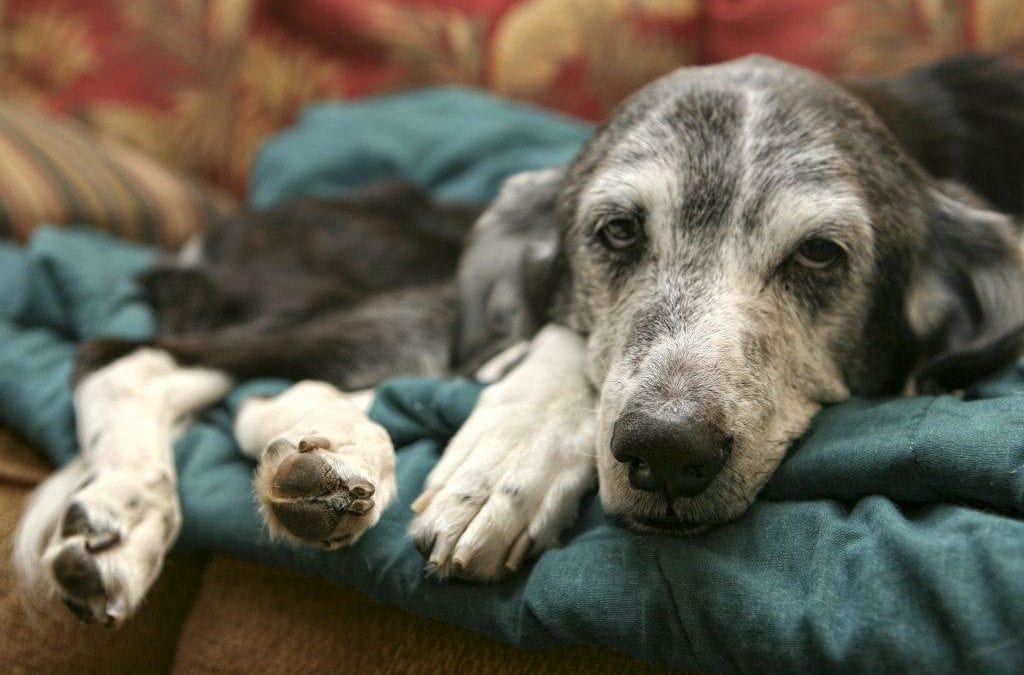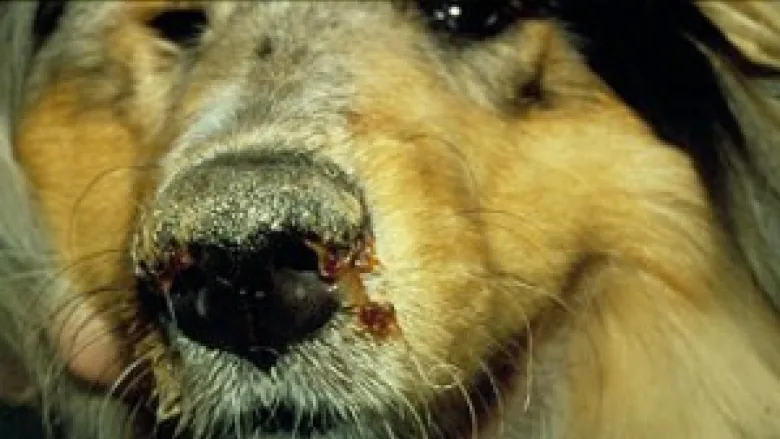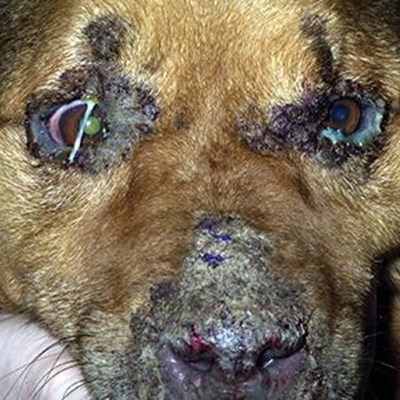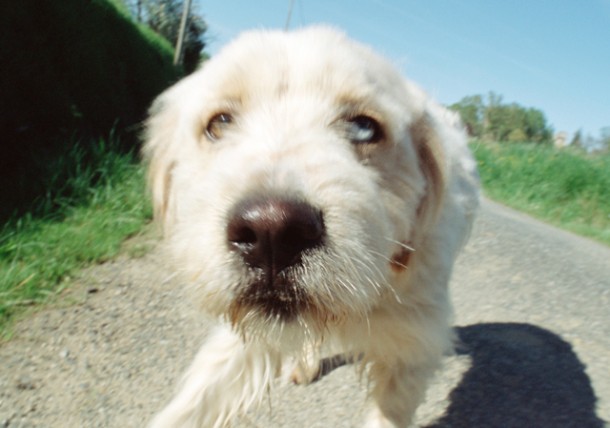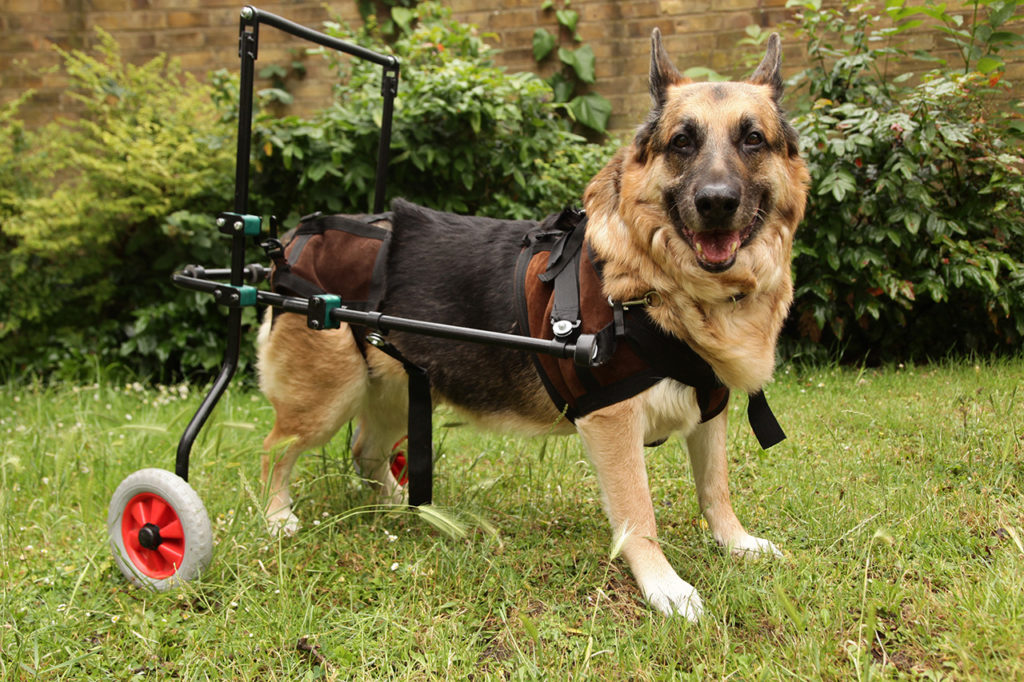Obesity is a condition in which a person has an abnormal amount of body fat. Cats that are overfed; Obesity in Cat, lack the ability to exercise, or have a tendency to retain weight are more likely to become obese. Cats can have fat cells that release pro-inflammatory mediators into the bloodstream. This causes cats to develop inflammation, which can lead to various diseases.
You might be surprised to learn that when cats are at an ideal weight, they tend to live longer. Not only that, but they’re also healthier! Obesity in cats is linked with many health issues such as diabetes, liver disease, and heart disease. Cats tend to develop arthritis in the joints of their limbs and spine—and extra weight makes this worse.

Obesity in Cat; Obesity in cats tends to occur most often in middle-aged animals, and generally affects those between the ages of 6 to 10 years. Neutered and indoor cats are at the highest risk for becoming overweight, because they have less opportunity for exercise or changes in metabolism.
There are many causes of obesity, including an imbalance between the energy intake and its use. For example, cats will eat more than they can expend if their diet contains high-calorie foods. This condition can also become more prevalent in old age because of the normal decreases in a cat’s ability to exercise. Unhealthy eating habits, such as alternating meals or treats, can also lead to obesity.
Diagnosis
The first step of diagnosing obesity in cats is to weigh them, or have them weighed on a veterinary scale. Veterinarians also look at the cat’s body condition by feeling its ribs, lumbar region, tail, and head for muscle mass. The results are then compared to the breed standard that your cat best matches.

Treatment of Obesity
The first step to helping your cat lose weight is to make sure they are eating a healthy diet. A vet can help you with this. Your vet will suggest foods with the right amount of nutrients and calories for your cat’s age, lifestyle, and activity level.

- Diet
Dietary protein and fiber are the two main components in a diet that is recommended for cats. Dietary protein stimulates metabolism and energy expenditure, while dietary fiber increases metabolism and energy use.
There are a variety of types of foods that can help you to create a healthy diet for your cat. Some of the most popular include prescription diets, which are created by veterinarians and provide special ingredients that your cat needs to stay healthy. You and your veterinarian can discuss the best possible choices for your pet.
- Exercise
Cats are easy to care for but are prone to obesity. The daily activity of your cat is an important part of the weight loss plan. This includes playing with your cat or taking her on a walk outside. Indoor cats are particularly prone to inactivity. With a small amount of effort on your part, you can have your kitty start to get more mentally stimulated.
The treatment of your cat’s hyperthyroidism involves increasing their physical activity. Interactive activities are allowed, along with games.
Conclusion
Before you consider any weight reduction activities for your cat, have her vet perform a physical exam. Once the vet has determined that your cat is ready to start a weight reduction program, there are several options available to help your pet lose weight.
A healthy weight loss plan for your pet is essential to keeping him or her around as long as possible. Doing so will help improve your pet’s quality of life. This is especially true for pets with arthritis, which may experience less pain and stress on joints and be able to move more easily. Weight loss can also help reduce the need for certain medications that are needed to manage the condition that arises.












